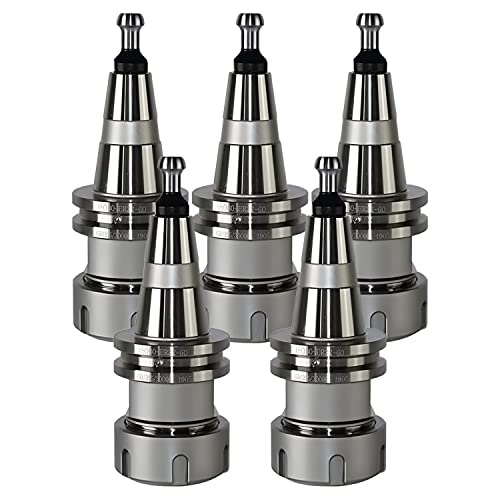Hi all,
Those of you who are new and need a reamer for a "few holes", only to find they are $20-$30, take heart. Check into "Reamer blanks"
They come in all sizes, are cheap, and can be easily made into a very accurate reamer by hand on a bench grinder.
These blanks are of HSS. Grind a singular flat at an angle of 1 in 5 on the side.
Clean the burr off....a touch of scotchbrite works well here.
That's it.
Drill to a few thousandths undersize, take a very light boring cut to straighten the hole, and then run this reamer through.
Because it only cuts on one edge, you will need to keep you stock removal small...a couple of thousandths......005" max.
Case in point, I needed to make a mounting bushing for a pinion on my son's RC car. The OD of the bushing was .125 and the bore was 2mm.
Standard reamers are $20. (MSC)
I bought (6) 2mm reamer blanks from McMaster Carr at $1.53 each.
Fit perfectly!
Here's a sketch

Dave
Those of you who are new and need a reamer for a "few holes", only to find they are $20-$30, take heart. Check into "Reamer blanks"
They come in all sizes, are cheap, and can be easily made into a very accurate reamer by hand on a bench grinder.
These blanks are of HSS. Grind a singular flat at an angle of 1 in 5 on the side.
Clean the burr off....a touch of scotchbrite works well here.
That's it.
Drill to a few thousandths undersize, take a very light boring cut to straighten the hole, and then run this reamer through.
Because it only cuts on one edge, you will need to keep you stock removal small...a couple of thousandths......005" max.
Case in point, I needed to make a mounting bushing for a pinion on my son's RC car. The OD of the bushing was .125 and the bore was 2mm.
Standard reamers are $20. (MSC)
I bought (6) 2mm reamer blanks from McMaster Carr at $1.53 each.
Fit perfectly!
Here's a sketch

Dave
























![DreamPlan Home Design and Landscaping Software Free for Windows [PC Download]](https://m.media-amazon.com/images/I/51kvZH2dVLL._SL500_.jpg)









































![TurboCAD 2020 Designer [PC Download]](https://m.media-amazon.com/images/I/51UKfAHH1LL._SL500_.jpg)










